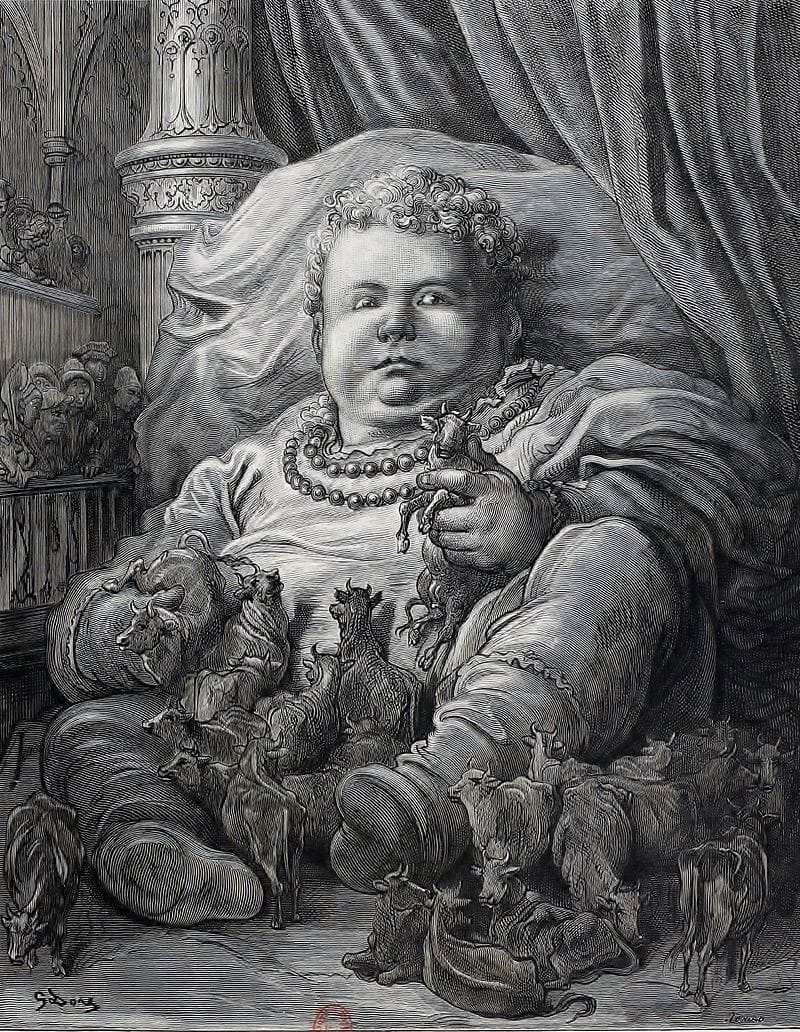François Rabelais on Marriage
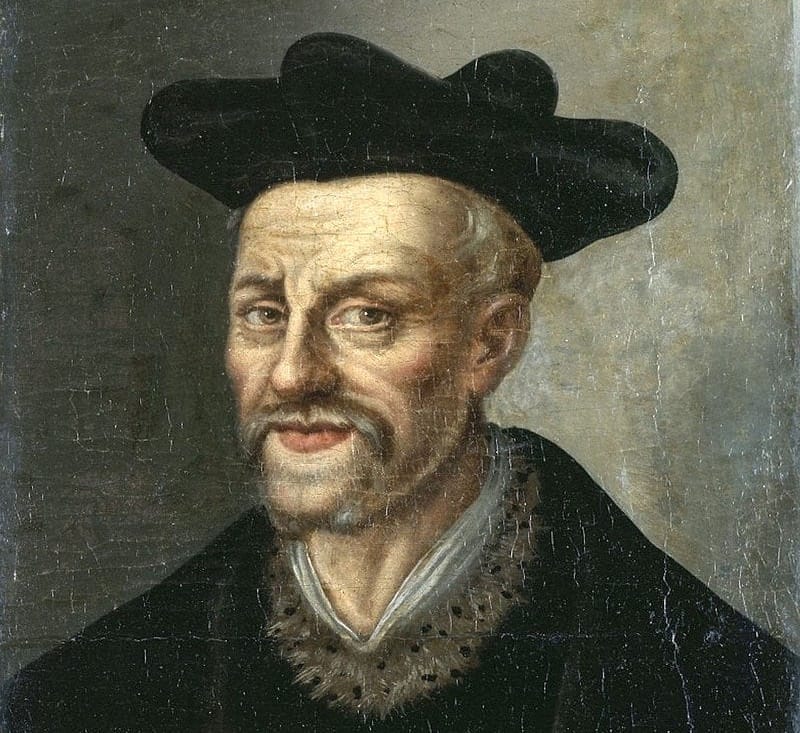
There are many things one could say about François Rabelais... Physician, lay priest, scourge of hypocrites, advocate for marriage, advocate for "Do as Thou Wilt"? The 5-part La vie de Gargantua et de Pantagruel series, for which he is rightfully admired, received a hostile reception from the Sorbonne and the Catholic hierarchy ("the Land of Useless Knowledge"?), who declared it obscene, but it was enormously popular anyway.
There is no evidence that Rabelais ever married but it appears he asked for a papal authorization in 1540 to legitimize two of his children. These life experiences provide color for his writings on marriage, for marriage is the only consistent thread or theme running through an otherwise whimsical burlesque of medieval romances. The later books are driven by Panurge wondering whether to consult the Oracle of the Holy Bottle as to whether he should marry and thereby risk being cuckolded. At the end he does reach the Oracle and it says "Drink!" which Panurge takes to be a confirmation that indeed he can marry. It is also a hearty endorsement of drinking.
Rabelais' satire directed at women is comparable to Erasmus and it has generated its own carnival of outraged misogynists (defined here as those feminists who foster the cottage industry of misogyny).
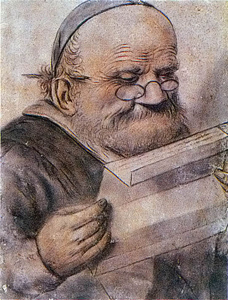
Above are two portraits of Rabelais, including the most popular (up top) from the 17th century and another of indeterminate age - the truth is we really have no idea what he looked like. He died in 1553.
Below are two fascinating woodcuts from the 1565 publication of Les Songes Drolatiques de Pantagruel, likely an attempt to make money off Rabelais' famous books after his death. The woodcuts are thought to be by François Desprez - Salvador Dalí was a fan. More can be viewed here.
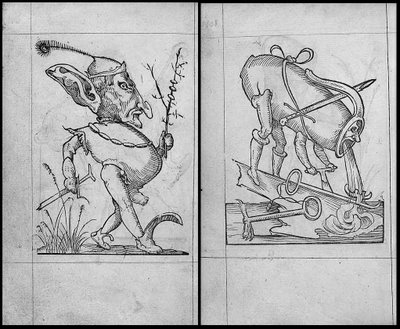
On the other hand, they may have strayed too far into medieval gargoyle fantasy, and the 19th century illustrations below by Gustave Doré are better. They were for Gargantua, published in Oeuvres de Rabelais in 1873:
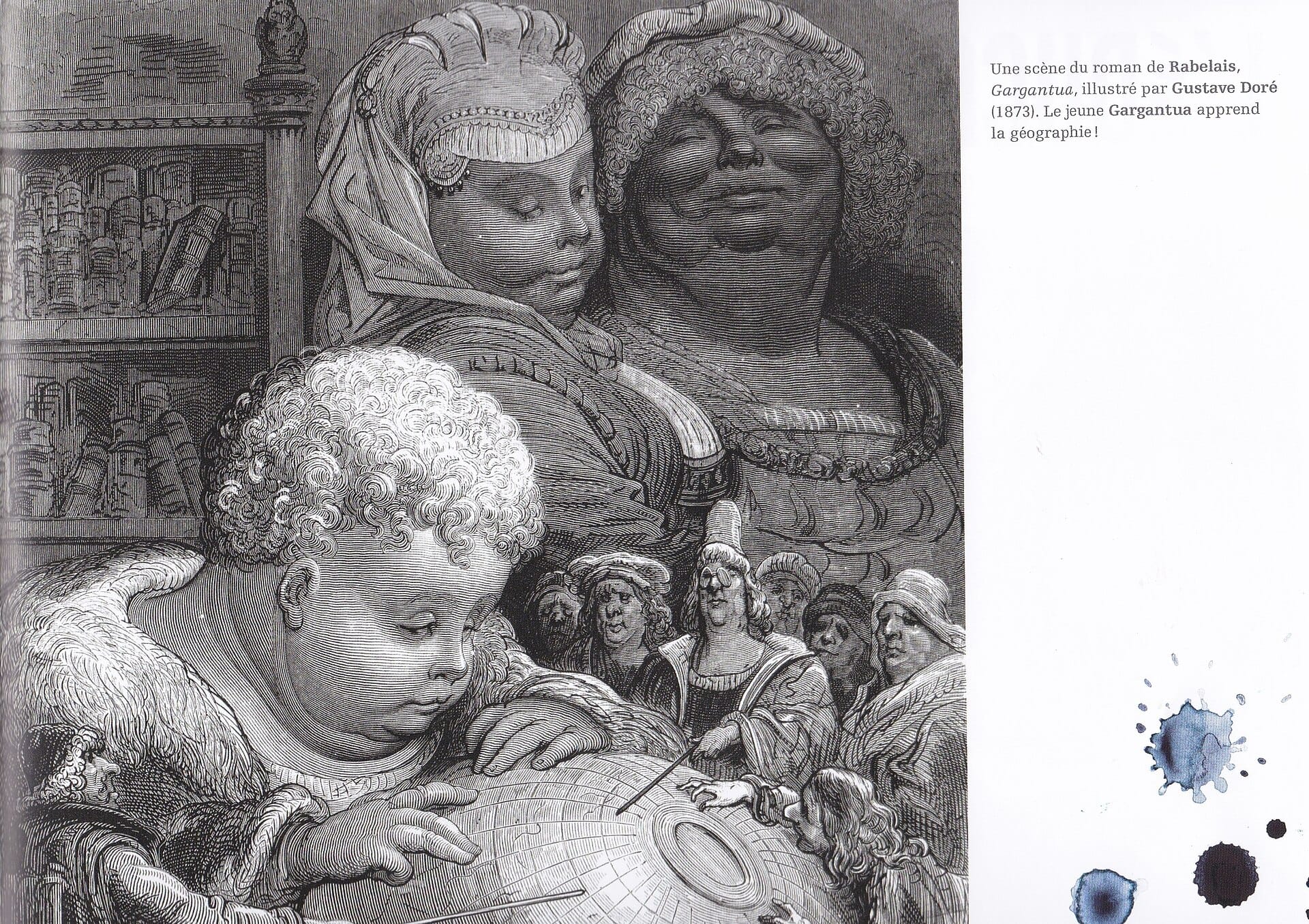
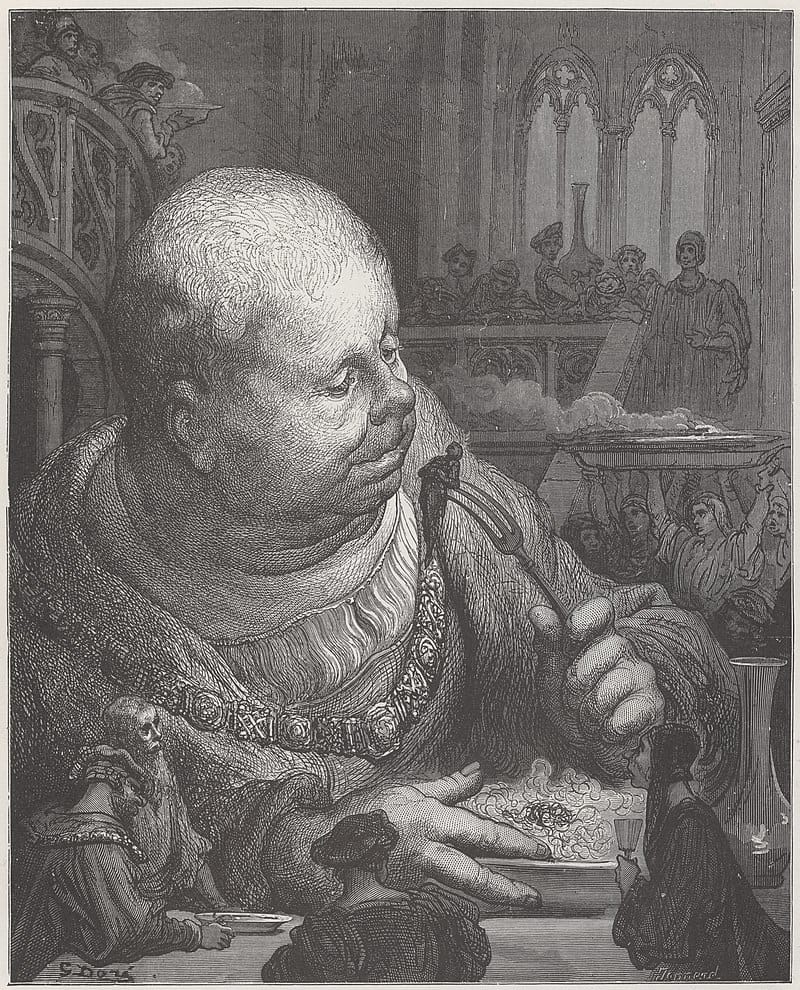
And this is the infant Pantagruel, in the cradle, drinking the milk of 4,600 cows:
